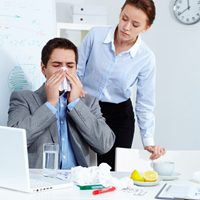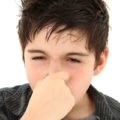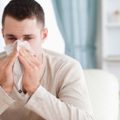
To manage Hay Fever, you need to be as aggressive as the allergy. However, to do that, you need to understand some important facts about the allergen. In part one of our two-part series, we discussed what Hay Fever is and some of the common symptoms associated with it.
In the final part of our two-part series, we expand further on that information and cover more relief solutions.
Does Hay Fever really come from hay?
Hay Fever does not come from hay. However, its name derives from the harvesting season when this pollen floats aimlessly through the air. People who suffer from Hay Fever could be allergic to hay, but most often they struggle with pollen from trees, grasses and ragweed. Many times, Hay Fever is also genetic. If you have a sibling who is allergic to it, there's a good chance you will be also.
How can I relieve Hay Fever's symptoms? Is there a cure?
There is no cure for Hay Fever. However, there are options you can take to help manage symptoms, which include sneezing, coughing, runny nose and watery eyes, to name a few. We recommend allergy-proofing your home with proper AC units, dehumidifiers or humidifiers and proper air filtration systems. If you're cleaning, make sure you wear a face mask.
Along with defending your home, also think about taking medications or eating foods that have antihistamines.
Are there any home remedies to manage Hay Fever symptoms?
You need a well-balanced strategy to manage allergies. Part of that strategy could include at-home remedies such as bee pollen, Omega-3 and neti pot and saline rinse. Bee pollen is high in antioxidants and protein and Omega 3 in anti-inflammatories. Neti pot and saline rinse is actually a unique way to clear out your nasal passages.
To find more allergy solutions for Hay Fever, visit Allergy Be Gone's store for a wide range of allergy control products.









